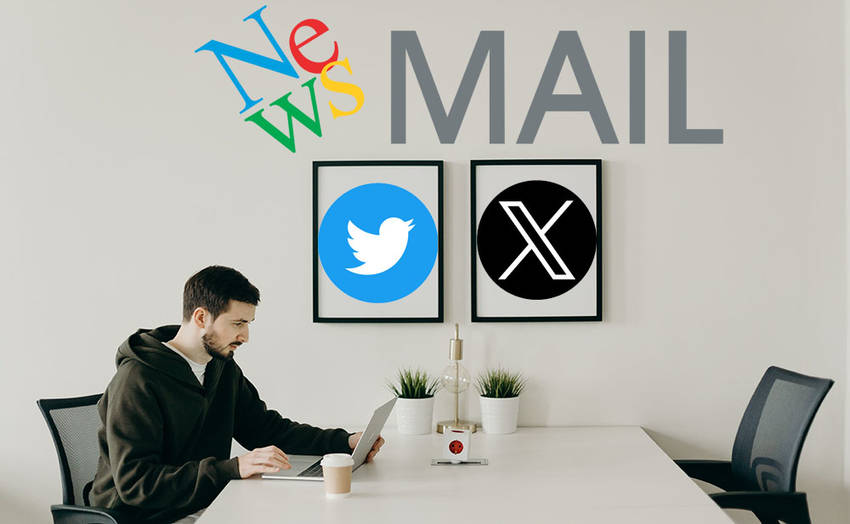As this year comes to a close, we’re reflecting on how marketing has evolved over the past year and how we can improve for next year, not only for our company but for our customers as well. When looking back, one thing’s for certain: advancements in technology are driving the trends that will only become even more popular next year. Here are five of the biggest marketing trends to look out for in 2024.
1. AI Marketing Automation

Artificial intelligence, or AI, has become an increasing trend over the past few years in multiple industries, but many marketers have also jumped on the bandwagon. Marketers have started using AI to create content and to take advantage of how AI integration analyzes data, personalizes customers’ experiences, and optimizes campaigns. Integrating AI into marketing strategies also helps hyper-personalize content, which has gained popularity over the past year.
But as helpful as AI technology has been to the marketing industry, it’s important not to employ a “set it and forget it” type of strategy. It’s still a largely developing technology, so there are still times when it’ll get things wrong, so it’s better to use AI integration in a more collaborative approach.
2. Video Marketing

As we’ve mentioned before, video marketing, especially short-form video marketing, has become more popular over the past few years. The rise of TikTok, Facebook/Instagram Stories, Instagram Reels, and YouTube Shorts made this clear. Other video marketing tactics that have also shown great success include live streaming and interactive video content. For more tips, check out
our blog post all about how to start marketing with short-form videos.
3. User-Generated Content (UGC)

One of the best ways to build credibility, increase user engagement, and foster a sense of community online is through user-generated content (UGC), which just refers to content your customers share about you online. This usually involves encouraging customers to share their experiences with your brand on social media through a specific hashtag or throwing contests where the best entry wins. But there are other ways to garner content from your customers.
Customer reviews, either on Google, Facebook, Yelp, or any other platform, also count as user-generated content. It just takes a little more work to share it on social media since it isn’t already on the same platform. You can either take a screenshot and resize it for social media, or you can add it into a template of sorts from a site like
Canva to share with your social media followers.
4. Social Shopping

Over the past year especially,
selling and shopping directly on social media has only become more accessible with Facebook Marketplace, Instagram’s buy button, and TikTok Shop. It’s pushed social shopping more toward social media, being an e-commerce ecosystem all on its own. With social shopping already gaining popularity, marketers expect this will significantly impact the online shopping landscape.
5. Privacy and Data Protection

One of the largest growing concerns among customers today consists of protecting their data, thanks to the uptick in cybercrimes over the past few years. Because of this, customers are much more informed and vigilant about how others handle their data and how they share their data. On the business side, it’s important to implement secure data collection and storage practices to protect your employees’ accounts, which is easy to do with a password manager like
Pass Wizard. On the consumer-facing side, businesses should be very transparent about their
data collection and storage practices and obtain explicit consent when collecting user data.
With how fast technology evolves today, there are bound to be many more marketing trends coming next year that we haven’t anticipated. However, our team here at PSPINC has the experience and expertise to help you grow your business by strengthening your marketing efforts. Whether it’s social media marketing, paid ads on Google, email marketing, search engine optimization (SEO), content marketing, or even blogging, we’ve got you covered.
Get started today.




























